The Italy Ultra Low Power Microcontroller Market is characterized by rapid technological advancements and an increasing demand for energy-efficient solutions across various industries. This market segment has gained traction due to the growing emphasis on sustainability and energy conservation in numerous applications, including consumer electronics, automotive systems, and industrial automation. Competitive insights into this market reveal a landscape where companies focus on innovation, cost-effectiveness, and the ability to customize their offerings based on specific consumer needs and local market trends.
The competition is fierce, with both global giants and local entities striving to establish their foothold through strategic partnerships, product differentiation, and expansions.Infineon Technologies holds a pivotal position in the Italy Ultra Low Power Microcontroller Market with a strong emphasis on cutting-edge technology and innovation. The company leverages its extensive portfolio of microcontrollers that are energy-efficient and designed to meet the needs of a wide range of applications. Infineon’s strengths lie in its robust research and development capabilities, enabling the continual advancement of solutions tailored to the demands of the Italian market. Their products are prevalent in sectors such as automotive and industrial automation, where energy efficiency is paramount.
With a firm commitment to sustainability, Infineon aims to lead the transition towards smart and connected applications, reinforcing its presence as a reliable supplier within Italy.In the Italy Ultra Low Power Microcontroller Market, Silicon Labs has also established a noteworthy presence, emphasizing its innovative approach in microcontroller solutions. The company provides a diverse range of products, including advanced microcontrollers designed for low power applications that cater to the needs of the Italian market.
Silicon Labs' strengths include its emphasis on software support and development tools, which greatly enhance the user experience for designers and engineers in Italy. The company has been active in strategic mergers and acquisitions, bolstering its capabilities and expanding its product lineup to include cutting-edge technologies. Additionally, Silicon Labs focuses on delivering solutions tailored for the Internet of Things (IoT), smart home devices, and other connected applications, ensuring they remain competitive in the rapidly evolving landscape of ultra-low power microcontrollers in Italy.






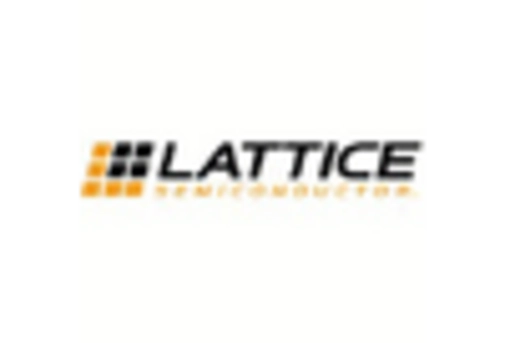
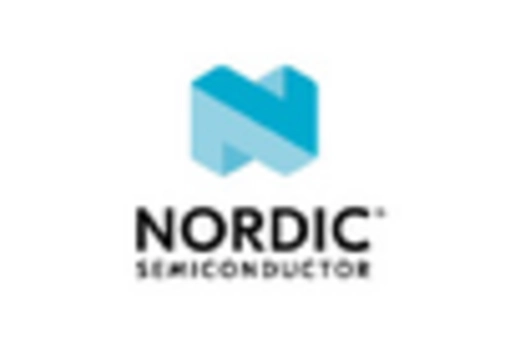
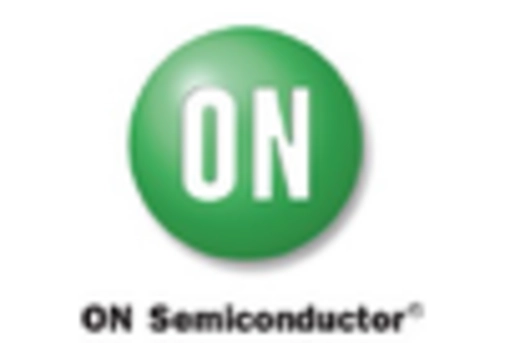
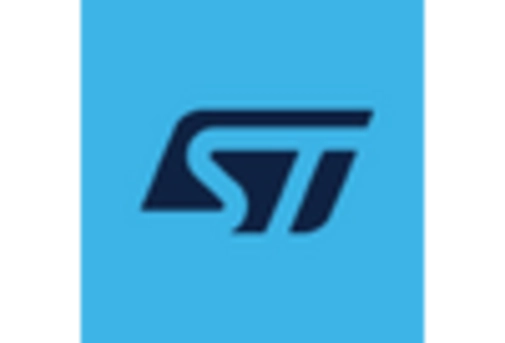

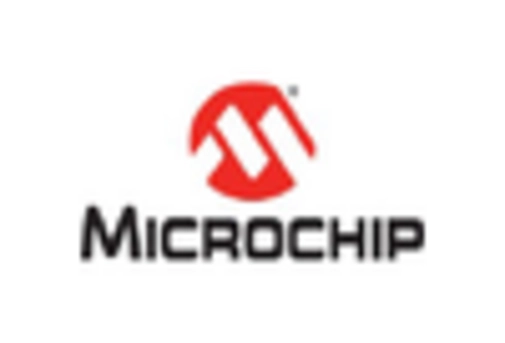

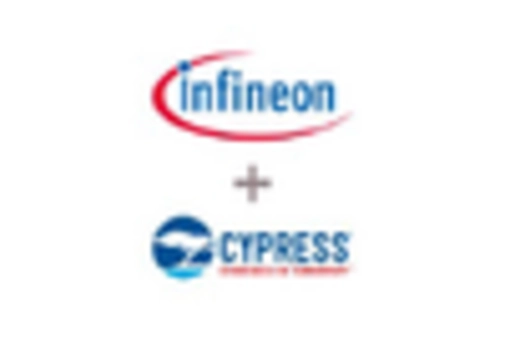

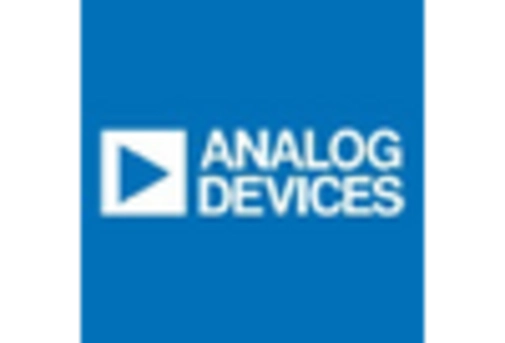









Leave a Comment